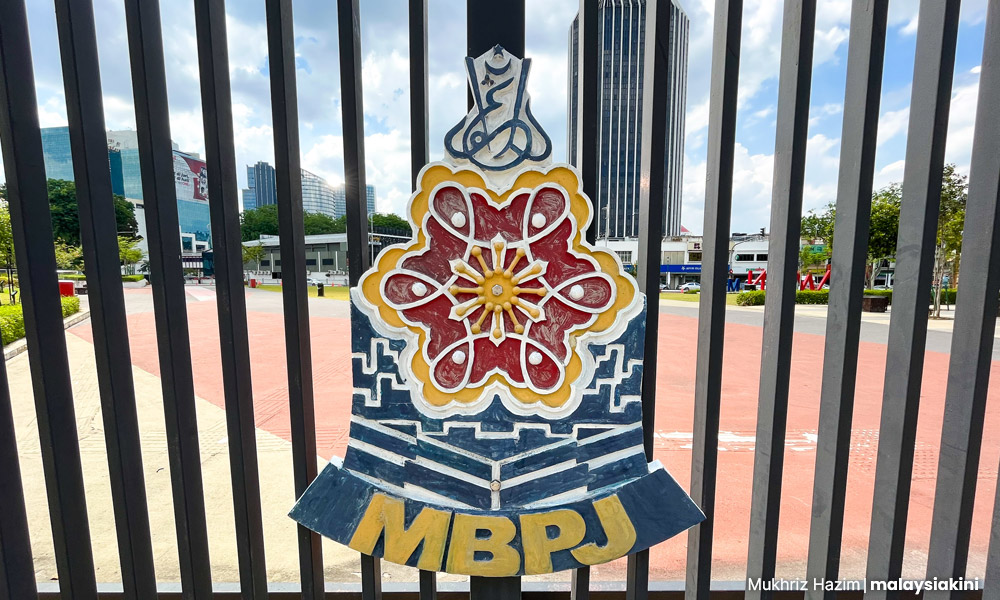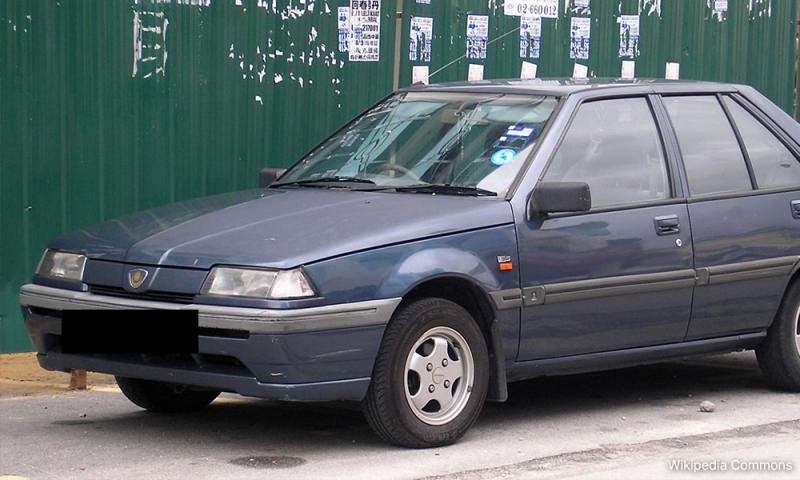LETTER | Local councils should actively identify abandoned vehicles
LETTER | Kudos to the author of the letter “Making our neighbourhoods safe, liveable” published by Malaysiakini on Oct 10, 2024.
As correctly said, abandoned vehicles left in front of houses are an eyesore. Some vehicles were parked for a long time and vegetation started to cover the vehicle.
The local authorities were not proactive enough to go around residential areas to identify abandoned vehicles. It does not need rocket science to spot an abandoned vehicle.
There are always clear signs to show a vehicle is abandoned. Signs such as deflated tyres, plant growth around the tyres and thick layers of dust and dirt on the windscreens. On inspections, and in most cases, the vehicles also have expired road tax.
It appears prospective car restorers have more initiative than the local authorities as they go around residential areas often looking for abandoned vehicles.
It is common to see notices inserted by them in transparent plastic bags and placed under the car wiper. The notice solicits the purchase of the vehicle from the owner together with contact details.
Ratepayers expect better
As a ratepayer, residents expect the local authorities to make the neighbourhoods clean, tidy, liveable and safe for living. This is the basic responsibility of the local authorities, which is also the expectation of the residents.
When there is an abandoned vehicle, it catches the attention of the residents as it sticks out like a sore thumb.
Every activity or project executed by the local authorities is meant to enhance and improve the living conditions of the residents. However, this is not the case in a recent action by the Petaling Jaya City Council (MBPJ).

More than 10 years ago, a piece of empty land measuring approximately 300 metres by 100 metres - squeezed between roads SS2/4b and SS4/21 in Petaling Jaya - was a vegetation land. The parcel of land begins at SS4a/1 and ends at SS4c/1.
Across the land is the Kelana Jaya LRT station car park. The car park was full most of the time as Kelana Jaya LRT was at that time the first station of the LRT line to Gombak.
It was around 2015 that MBPJ decided to convert the vegetation land to car parks to add approximately 200 park bays for the Kelana Jaya LRT station.
However, a year later in 2016, the extension of Kelana Jaya LRT line to Putra Height LRT station was operational.
With the extension, the Kelana Jaya LRT became a transit station. Less vehicles use the car park. The newly built car park area was only used by residents for their morning and evening walks.
Protest over MBPJ’s idea
Then, around July this year, the Residential Association of SS4C received a notice from MBPJ notifying them that the council intends to use part of the unutilised new car part as a storage for abandoned vehicles.
Of course, the residents were not receptive to the idea and put up banners along the road in protest. A meeting with the residents was convened by MBPJ around August without any amicable solution.
Despite that, MBPJ proceeded to erect hoardings around the proposed car park to obscure public views.
Residents envisage that over time, the abandoned vehicle storage will be a breeding ground for mosquitoes, rodents, monitor lizards as well as snakes. All these will not bode well for the residents.
The residents still hope MBPJ would abandon their decision for the good of the residents and look for other prospective sites for storing abandoned vehicles.
Maybe, MBPJ could turn the car park into a recreation field for the residents.
The views expressed here are those of the author/contributor and do not necessarily represent the views of Malaysiakini.
RM12.50 / month
- Unlimited access to award-winning journalism
- Comment and share your opinions on all our articles
- Gift interesting stories to your friends
- Tax deductable
